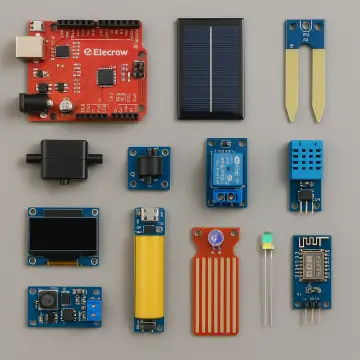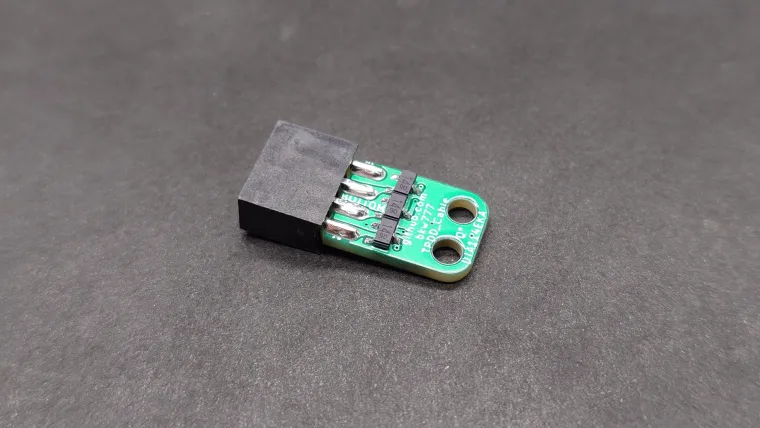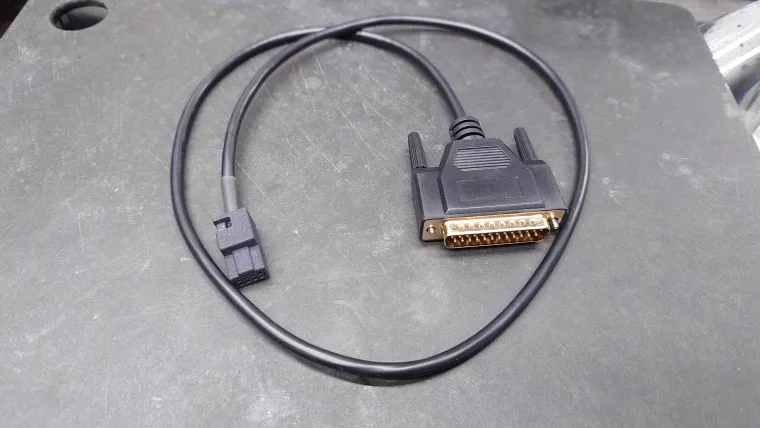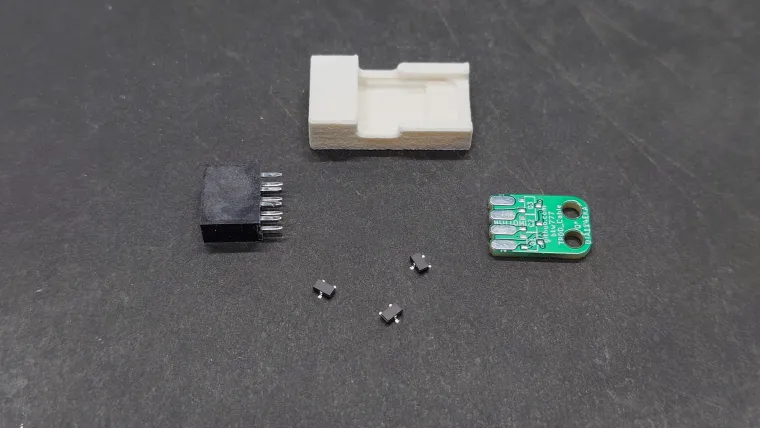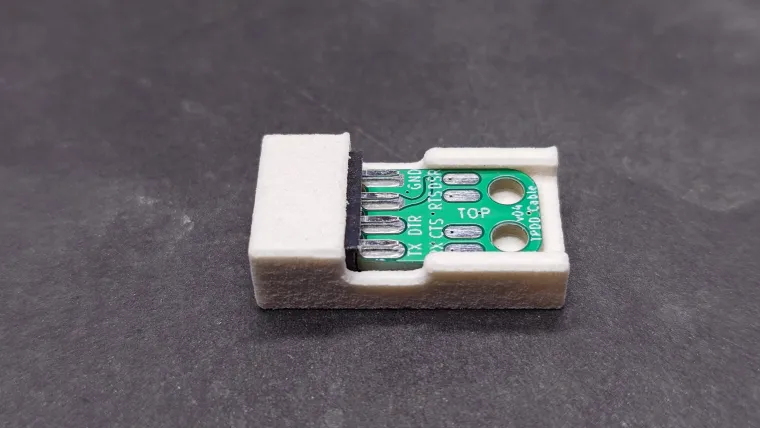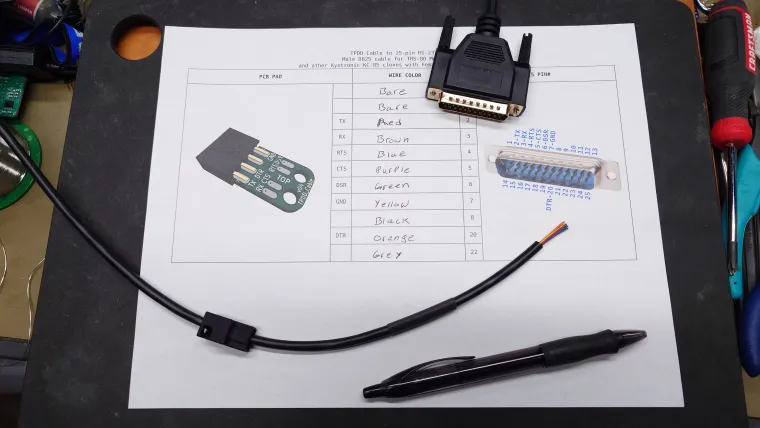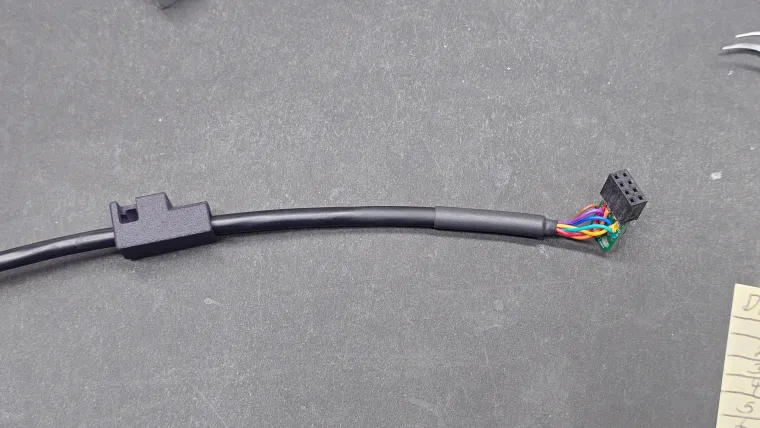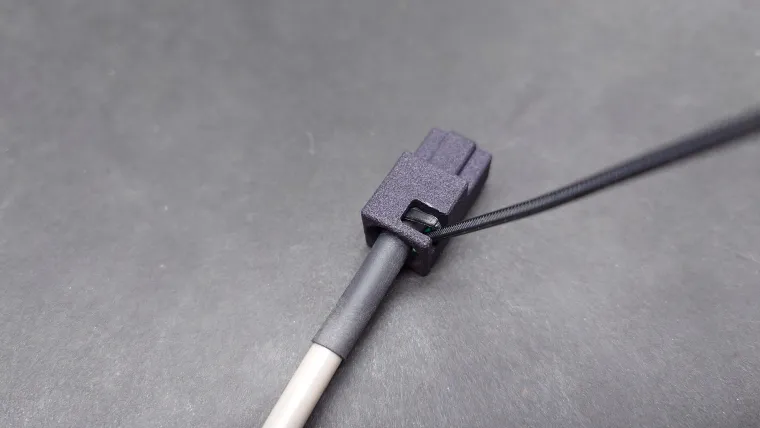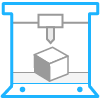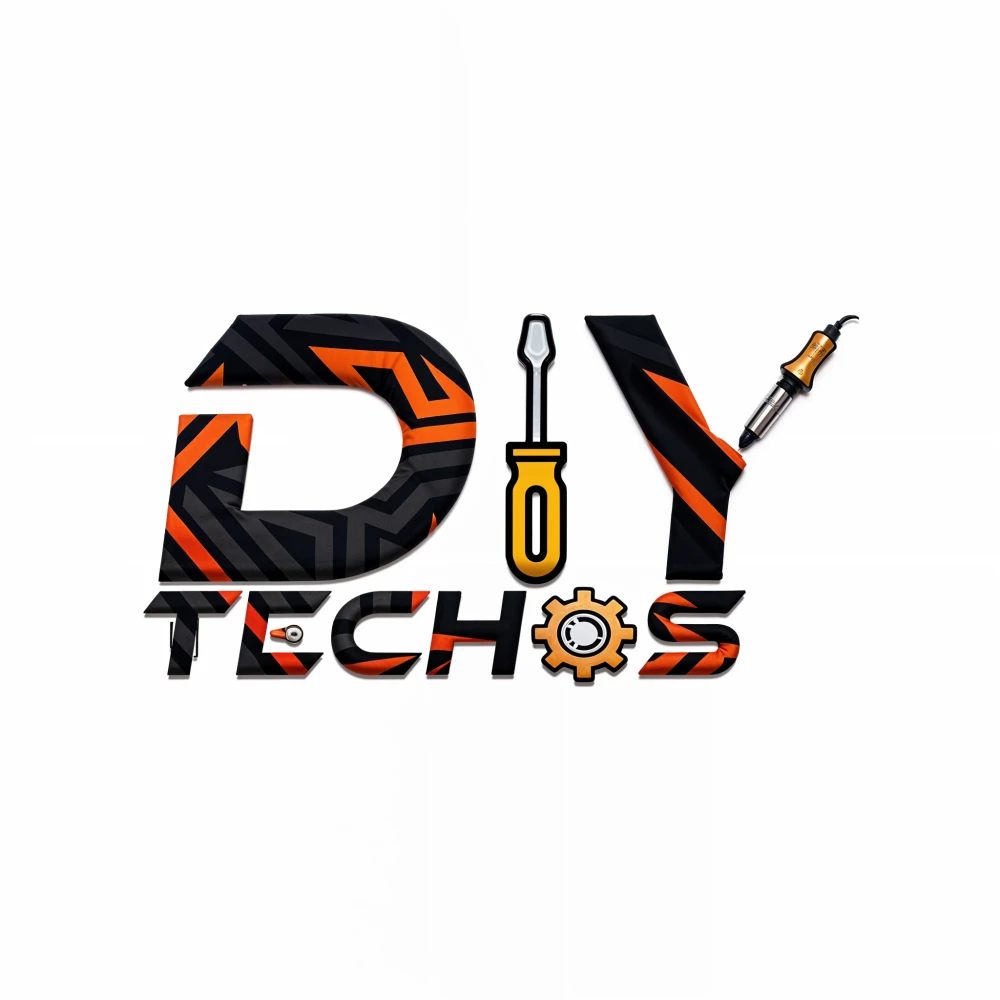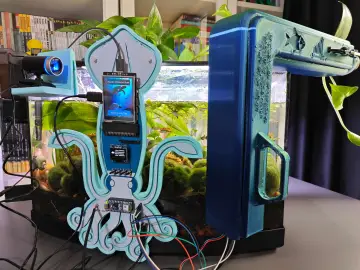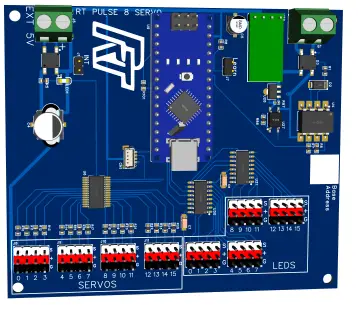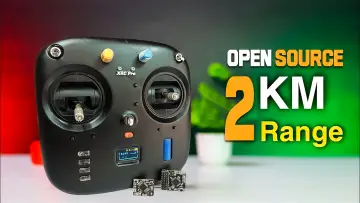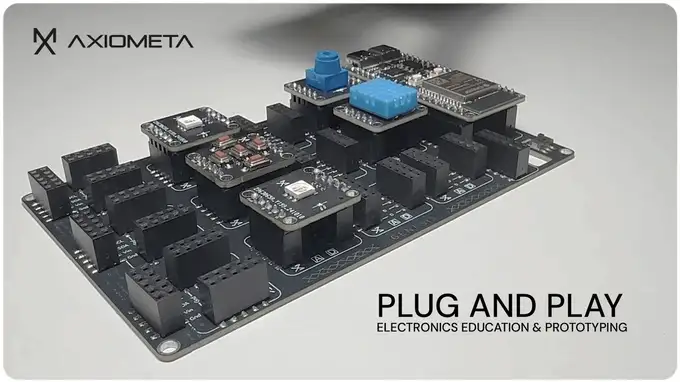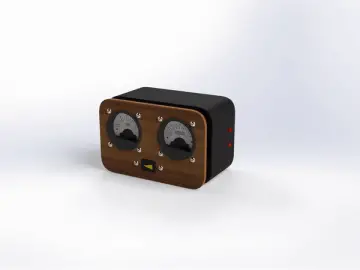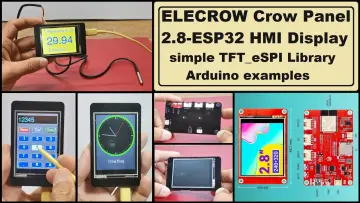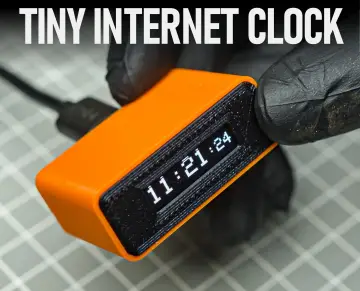Story
Special rs232 cable for the Tandy Portable Disk Drive aka Brother FB-100
The cable needs to translate between rs-232 and ttl, and needs a special plug shape on one end.
The circuit here using 3 internally biased transistors, relying on pullup resistors in the Model 100 computer to do part of the job, is the same circuit as in the original cable from Tandy that shipped with the drive.
I can't get this web site to show everything needed the right way.
The bom above shows 1 x DTA114EKA but you need 3.
There are 2 3d-printed parts, but I can only add one STL file above.
You need the housing (plug body) which goes on the cable. This could possibly be printed by FDM and be ok, but resin is probably too fragile. Ideally you should use either SLS or MJF. The nicest is "high strength nylon" because on Elecrow that means solid black nylon.
The 2nd part you don't absolutely need but there is a jig to hold the pcb and 2x4 socket in perfect alignment with the pcb floating centered between the pins and exactly parallel while soldering. This should be printed in something that can handle the heat from the soldering iron being close to it. The best is SLS in plain white nylon. You can get the soldering jig STL from the releases tab on github.
https://github.com/bkw777/TPDD_Cable/releases
You also need a serial cable with a molded DB25 male connector on one end. Don't make your own db25 cable end with a typical grey db25 backshell that you assmble yourself. They don't fit the serial port on a Model 100 (or any of the clones) well enough. The backshell housing interferes with the computer case and prevents the db25 from inserting all the way. It stll makes a connection just not very good. A molded cable inserts all the way.
Wiring and building directions are in the main readme on github.
https://github.com/bkw777/TPDD_Cable
Print the wiring worksheet and fill in the wire color to pin number table by using a multimeter in continuity mode. Use an alligator clip to connect a wire to one meter lead, and probe each pin with the other meter lead to find which pin that wire connects to, then write down the color for that pin number.
Then solder the wires to the pcb by matching TX on the worksheet to the TX pad on the PCB.




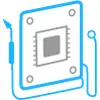


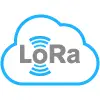


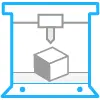


![First steps with LVGL and SquareLine Studio [CrowPanel 1.28]](https://www.elecrow.com/media/qb/share/projects/image/2025/04/20250416/voila_59715213567ffcce24f2e6.webp)
